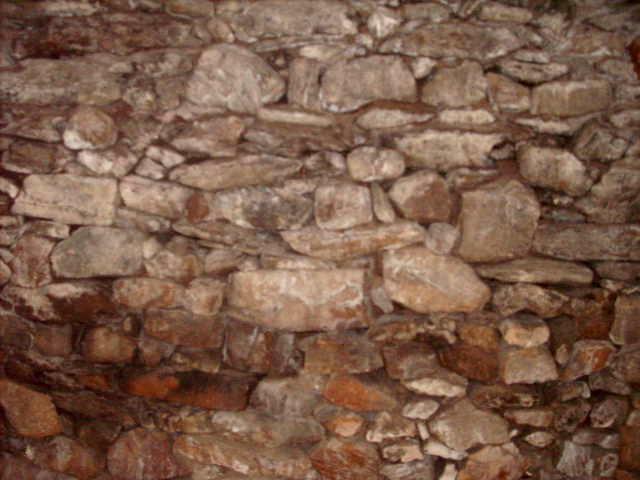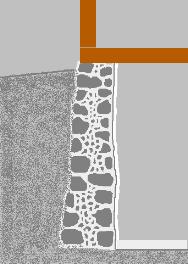| |
WHK3 Web Sites
|
|
 |
| |
Stone Foundations
By Bill Kibbel
Stone foundations, the most common type below buildings built before 1915, seem to frequently be a concern for owners of old homes. With their sloping floors and cracked plaster, it's only natural to suspect foundation failure to be the primary cause. A brief visual inspection will quickly disclose bulging, bowing, shifting or settlement that may require an experienced mason to repair. If there is a crumbly mortar coating, some minor gaps in the joints but the stones appear to be generally where the original builder placed them, then most smart do-it-yourselfers can restore and maintain their home's foundation. |
 |
| |
Most stone foundations in my area have (or originally had at one time) a mortar coating on the interior. This mortar coating will inevitably flake off from moisture migration and expose the stones. As this coating continues to erode, the soft, sandy mortar in between the stones begins to fall out. When this occurs, re-pointing is needed as soon as possible. If enough of the old mortar falls out, stones will start shifting around and the walls start to bulge inward. To avoid perpetual re-pointing, it is best to maintain the foundation by patching the interior mortar coating when needed.
If repointing is needed, it is very rare that the entire foundation needs repointing, just where it has eroded back or fallen out between the stones. Contractors inexperienced with stone foundations often assume the old mortar, being gritty, sandy and loose needs to be entirely replaced. This is because they assume it started out like modern mortar and should 'glue' the stones together. The original mortar was used only to bed the stones and fill the irregular voids between.
There's alot of information about using "soft" mortar, that doesn't contain modern Portland cement, for historic masonry repairs. I see many, many stone foundations repointed and coated with the now-common pre-mixed hard mortar and honestly, it's never shown any sign of causing problems, when applied on the interior. If doing repointing or repairs on the exterior, lime-based mortar would be the better choice, particularly if the stones are of the softer, sedimentary type. |
| |

Cross section of typical fieldstone or rubble foundation. |
Moisture penetration through stone foundations not only erodes the mortar, but in excess, can cause pressure against the foundation and frost heaving in cold winter climates. The mortar coating applied on the interior is not going to stop water penetration and most stone foundations are going to allow moisture. Proper drainage around the perimeter of the building is important to avoid serious issues caused by water. The ground and impervious surfaces, like patios adjacent to the foundation, should have a positive slope away from the structure. Roof run-off should be collected in a well maintained gutter system with downspouts discharging well away from the foundation walls. Sump pump discharge pipes should also be extended well away from the house.
Adding sub-grade drainage systems should only be used as a last resort. These systems are not only very costly, but many of them require disturbing the soil against the foundation, which has been well compacted over a very long time. Even worse are "waterproofing" systems, that are installed around the bottom of interior walls and drain into a sump pit. Many of these end up sucking the earth out from under the foundation. |
Bill Kibbel, an expert in historic building materials and methods, is a consultant
and an inspector of historic & commercial buildings at Heritage Building Inspections.
To contact our contributors you can email us however, we cannot answer specific questions or reply with any technical advice.
|
|